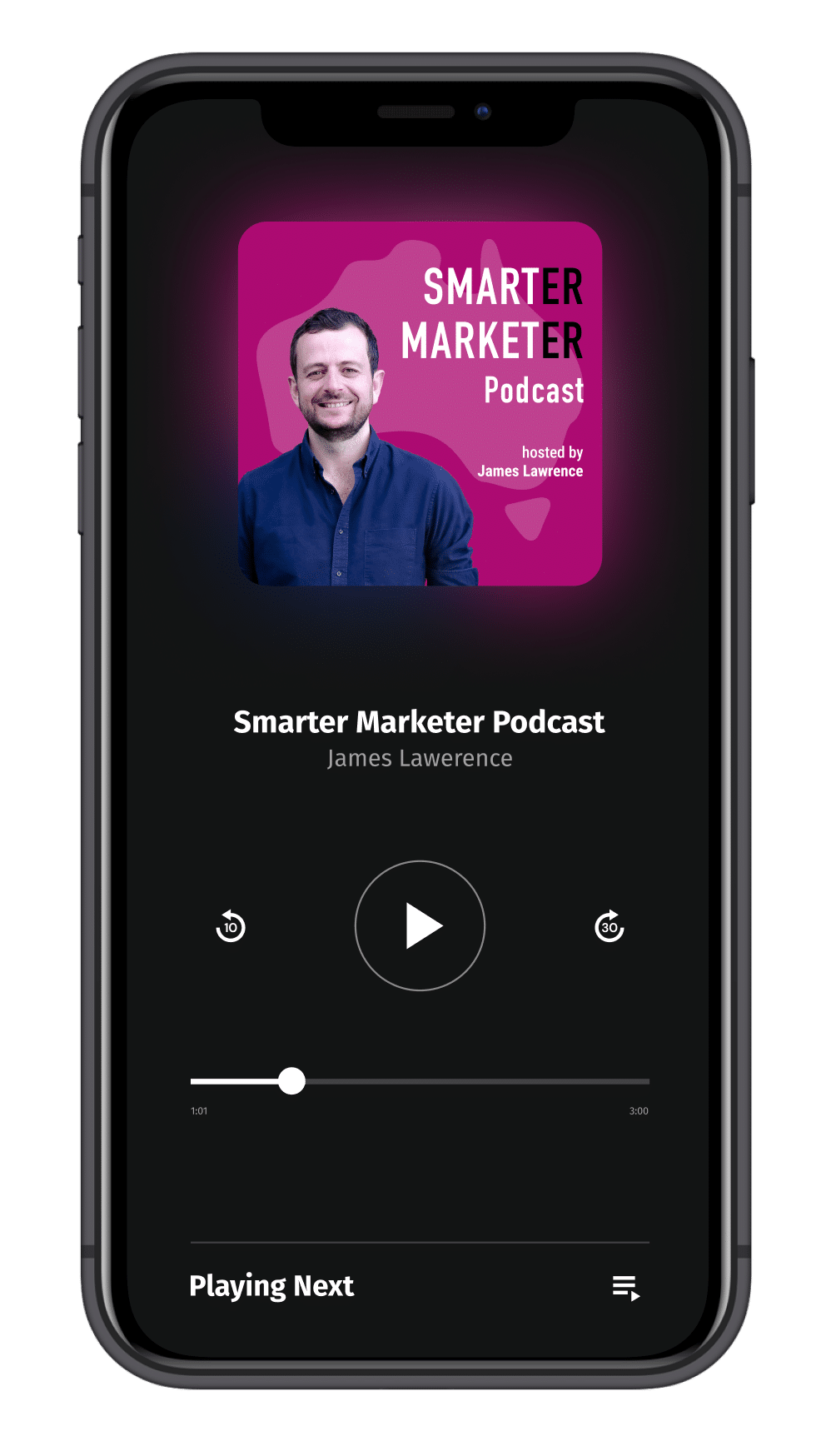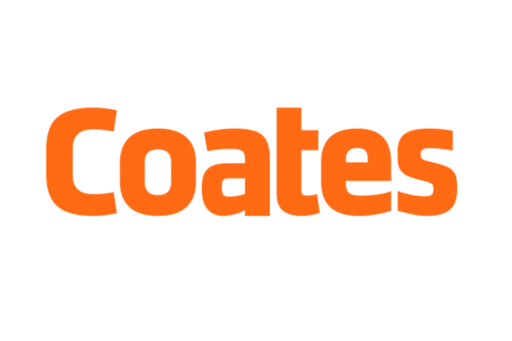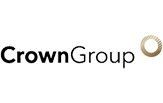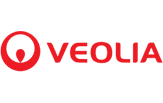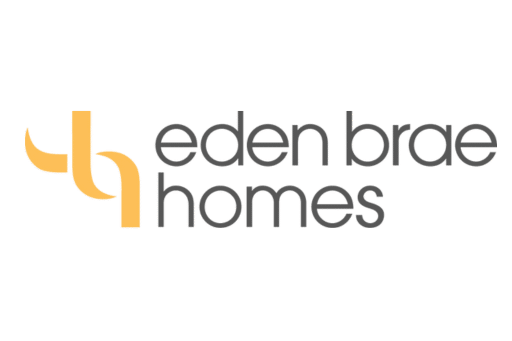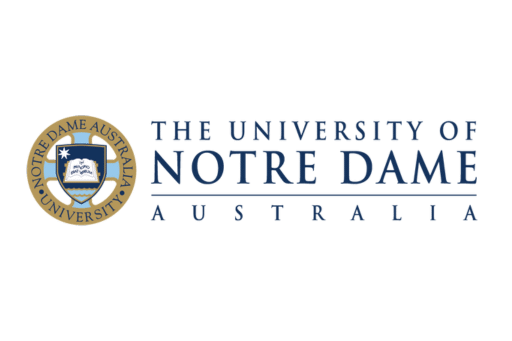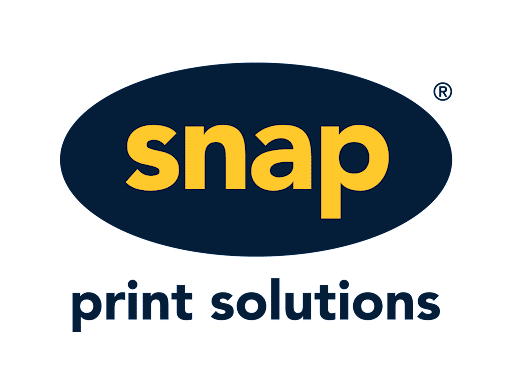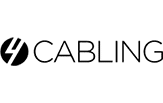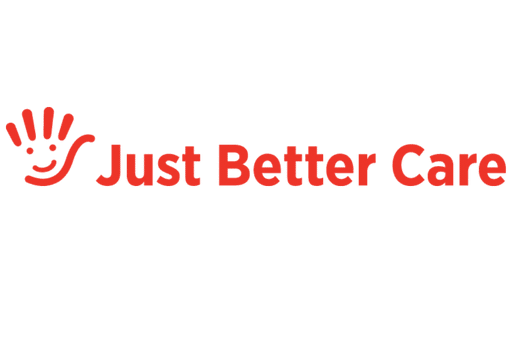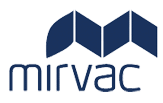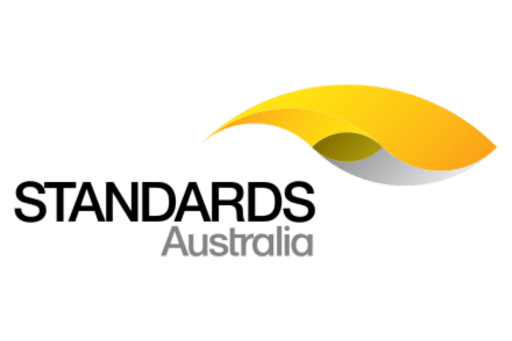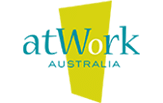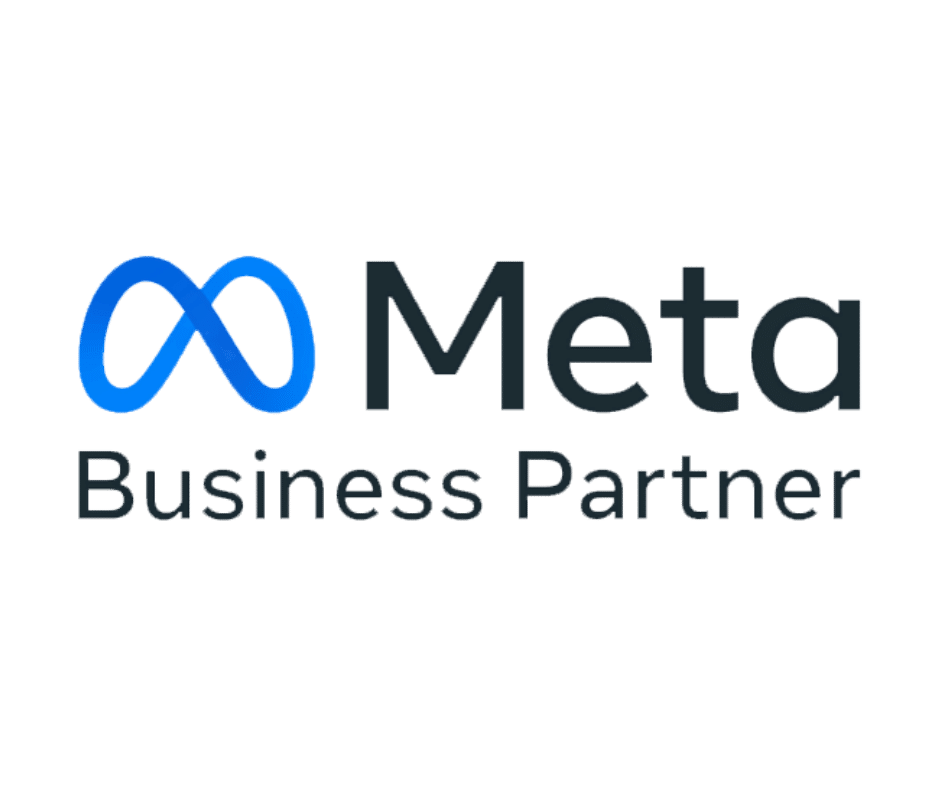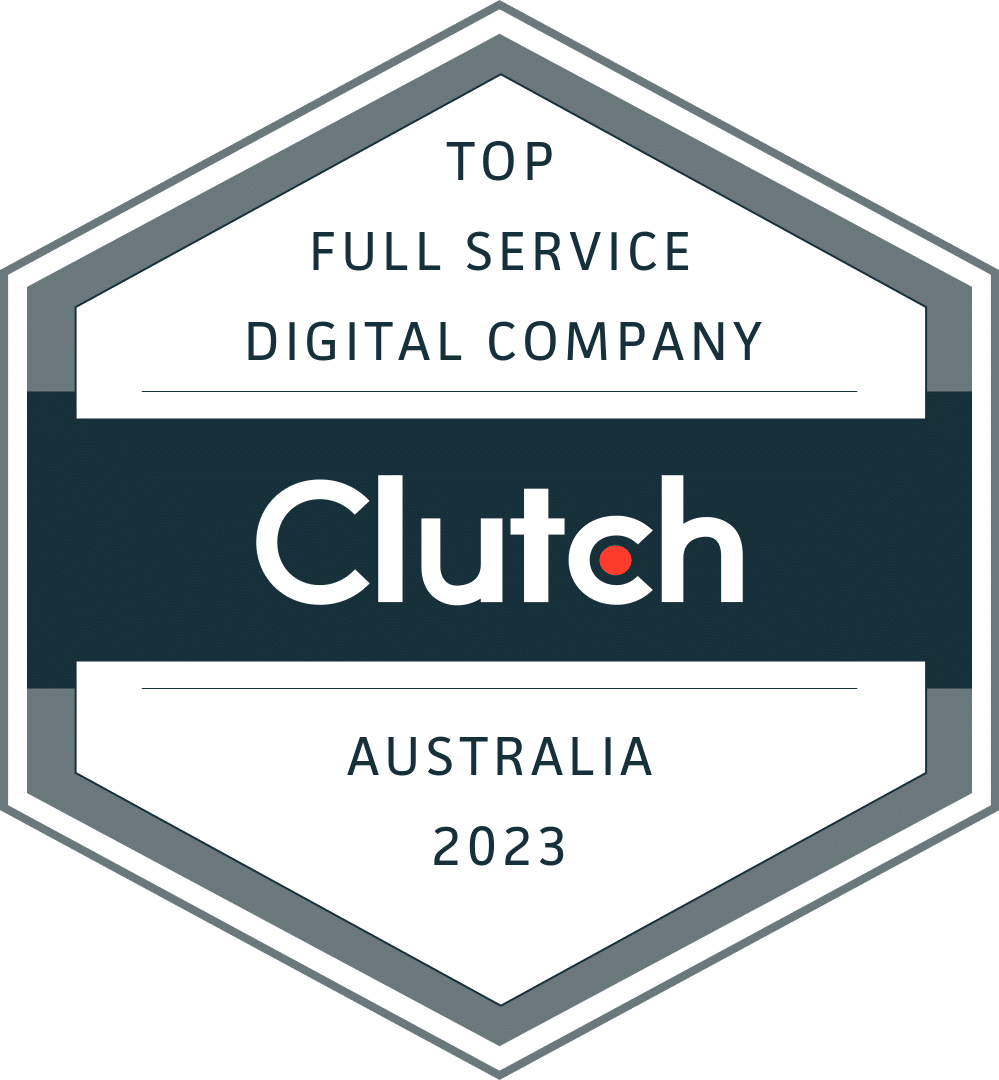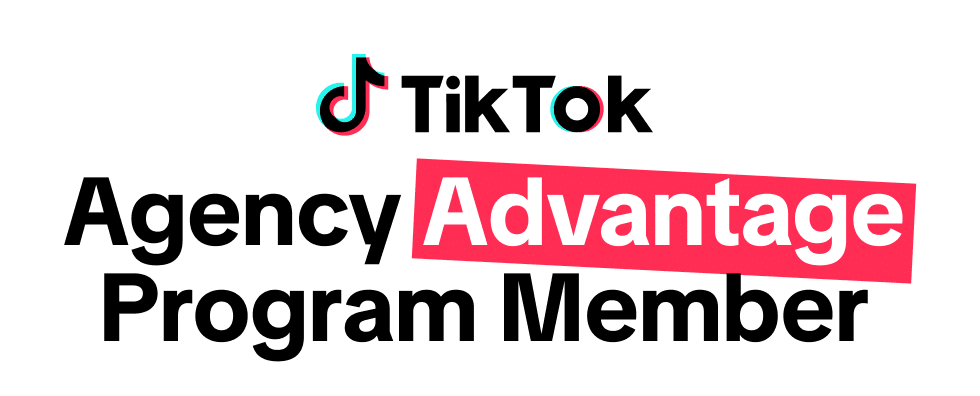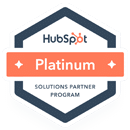Why “In-House vs Agency” Misses the Point
Episode Description:
As 2025 comes to a close, the conversation around in-housing has never been more confusing. With rising pressures on budgets and the disruption caused by AI, businesses are being forced to rethink what the right marketing structure might look like for their business.
In this episode of the Smarter Marketer Podcast, Host James Lawrence speaks with Darren Woolley, Founder and Global CEO of Australia’s leading marketing management consultancy TrinityP3, to unpack the myths surrounding in-housing and outsourcing, and what research really says about cost, culture, productivity and creativity.
Key Takeaways:
- Why “in-housing vs. agency” is the wrong question to ask and what the right balance looks like
- The hidden costs that make many in-house teams more expensive than expected
- How in-house agencies can fall into creative myopia and how to bring external stimulus back in
- Why AI is more than just efficiency: accountability, smarter decision-making, strategic advantage and more
- The three challenges keeping marketers up at night: tighter budgets, proving ROI and keeping pace with change
- How agencies can remain indispensable by offering perspective and speed that internal teams can’t easily replicate
Meet James Lawrence
Host, Smarter Marketer Podcast
Co-Founder of multi-award-winning Australian digital marketing agency Rocket, keynote speaker, host of Apple #1 Marketing Podcast, Smarter Marketer, and B&T Marketer of the Year Finalist.
James’ 15-year marketing career working with more than 500 in-house marketing teams and two decades of experience building one of Australia's top independent agencies inspired the release of Smarter Marketer in 2022, the definitive podcast for Australian marketers. The show brings together leading marketers, business leaders and thinkers to share the strategies that actually move the needle.
Each episode offers candid conversations, hard-won lessons and practical insights you can apply straight away.










James has delivered keynotes at:
Darren Woolley
Founder & Global CEO, TrinityP3
About the Guest
Darren Woolley is considered a thought leader on all aspects of marketing management - a problem solver, negotiator, mentor, Founder & Global CEO of TrinityP3, industry commentator, podcaster and author. He is also an ex-chair of the Australian Marketing Institute, an ex-president of the Melbourne Advertising and Design Club, ex-medical scientist and ex-creative director.
You can follow Darren on LinkedIn.
Transcript
James Lawrence: Welcome back to the Smarter Marketer Podcast. I'm here today with Darren Woolley. Darren, welcome back to the pod.
Darren Woolley: Thanks, James. It's always a pleasure.
James Lawrence: Darren is founder and CEO of TrinityP3, which is Australia's leading marketing management consulting company, essentially working with the largest advertisers and in-house teams in Australia and around the world. Darren, we thought a topic that would be of interest to reflect on is, as we near the end of 2025 and the start of 2026, where is the industry at in the core themes around in-housing and agency? Hybrid has been such a— I was going to say a year or two of change, but I think it's probably been five to ten years of tremendous change in our industry. What are you seeing out there? What's been happening this year?
Darren Woolley: Yeah, James, just for context, the first thing I'll say is in-housing has been around for a century or more. If you go back far enough, most big retailers would have their own advertising department—what was called “inside”—and that would produce catalogues and all of their advertising. So it was there, it disappeared, and recently it's come back—and it's come back with a vengeance—because of a number of factors that have all come together. One is that technology has made it much cheaper for advertisers to bring a lot of what agencies do in-house. Platforms and things like that are making it much simpler and easier.
The second is the complexity they're dealing with, particularly around digital channels and social media. You're now finding, instead of producing a couple of hundred pieces of advertising, you're producing thousands. Having that sort of scale and volume at a lower price is driving it as well.
And the third thing is the whole AI revolution, because that's going to amplify automation. Generative AI is going to make that production component— and you'll notice I'm focusing on production—much more efficient, because that's where most people have slipped very quickly into bringing services in-house.
James Lawrence: What kind of impact is that having? Because we're talking about the building of an in-house agency, right? Do you see a difference? It feels to me a very subtle distinction between the concept of the in-house agency versus in-housing roles. Is there a distinction between the two terms? Is it semantics? How would you view that?
Darren Woolley: Absolutely. You'll see research in market that says, in Australia for instance, 80-something percent of marketers have an in-house agency. What that research never does is define what an in-house agency is. In fact, I would say it could be anything from having a Mac designer sitting in a corner bashing out pieces of collateral, to what could be considered a full-service agency doing most of your digital media, social media, all your updates, and everything else you want.
The other thing that's often overlooked—and it's because, as an industry, we love dichotomies: it's either in-house or it's outsourced—is that there's actually huge variability. It's not just in-house; it's also implanted. You can get an external agency or supplier to build and put their team into your premises, creating an in-house agency, but not one that you’re responsible for from an HR perspective.
Likewise, there are very few in-house agencies that are not using external suppliers—agencies, production companies, designers, even media agencies—to fill the gaps they currently don't have in-house. So you can see there's this huge spectrum of solutions that gets reduced down to stupid headlines in trade media like “to in-house or not.” It's not that simple.
James Lawrence: It gets clicks though.
Darren Woolley: And that just shows how clicks reduce intellectual rigour and, really, what I'd call common sense or cognitive thinking. So, we won't go down that path.
James Lawrence: I think a lot of this activity happens at levels above the Rocket kind of size, right? We're a 50- to 60-person digital marketing agency working with smaller businesses. The businesses we're dealing with will generally have a marketer, maybe a couple of marketers—maybe not—but at some level, with flexible resourcing, freelancers, contractors, external agencies, all businesses are trying to put together the skill set of individuals that can solve a business problem for them, regardless of how they're legally employed.
Darren Woolley: I wouldn't rule out an agency like Rocket as being a real player in this area. One of the big challenges many corporate clients have with their in-house agency is attracting and keeping high-quality talent. Why is that? The thing I've always remarked about great agencies is that they create cultures and a safe place for truly inspired creative and strategic thinkers. That's why good agencies attract great thinkers.
What would be wrong with just changing the model and saying: here's the agency, but for our clients we're willing to put people into those environments where the client finds having someone on-site incredibly valuable. When decisions need to be made quickly, contacting the agency, setting up a Teams meeting, or getting a face-to-face isn't as good as being able to walk down the corridor and have your agency person there. It used to be called secondment.
The good thing about that is the client is not carrying that as headcount and is not responsible from an HR perspective. From the agency's perspective, they could even rotate people through the client organization so it's not just one person working 365 days of the year at that client. Three or four people can rotate in and out so the individual taps back into the culture of the agency and gets that cross-pollination of working across multiple clients, which they then bring back to the relationship.
Yes, an in-house agency may be faster for interaction. There's a difference in cost, but not necessarily in productivity. Our studies have shown that agencies are often more productive than in-house teams. I know a lot of in-house teams will complain about that, but if you've got an in-house agency team, they become part of the culture of the organization, and in very big organizations you'll see people turning up at nine, leaving at five-thirty, having an hour for lunch. I rarely, if ever, see that in agencies—when there's work to be done, the work gets done.
James Lawrence: And there's quid pro quo to address that.
Darren Woolley: Exactly.
James Lawrence: When I'm speaking to a prospective client about bringing roles in-house, there's no right or wrong answer. It would depend on the size of my business and my marketing needs. You touched earlier on content production. In digital, that’s often done in-house very quickly—organic social, community management, understanding the tone of the business, getting content out at scale. Even in quite a small marketing team, that often fits in-house.
Whenever I'm speaking to a prospective client—and this is not me shilling for agency land—it's that perspective and expertise we have. If there's a difficult problem within paid social or Google Ads, it's far more efficient for one of my best paid media techs to jump in and spend three hours solving a problem that might take 8 or 16 hours if you don't see it.
Darren Woolley: You touched on community management. If you are in a corporate environment, why is it that social media communities don't seem to blow up between 9:00 a.m. and 5:00 p.m. AEST? Why is it Friday night at 11 o'clock, or Saturday afternoon, or Sunday when every employee is at home? How do you overcome the cultural impediment to monitoring and responding 24/7? We've seen some big issues for big corporate clients blow up on the weekend or outside normal hours, and they've not been in a position to respond. By the time everyone gets into the office the next day, it's well and truly underway.
James Lawrence: Too late, yeah. What was behind TrinityP3 recently publishing a Guide to In-House Agency Services? What was the “why” of putting that piece together?
Darren Woolley: We see too much of the discussion around in-house agencies getting dumbed down into a yes-or-no. We absolutely think in-house can work really well for a multitude of clients, but there is no single model. If someone tells you there is, they're usually selling you something.
There are a lot of considerations. Late last year I was working with a major pharmaceutical company in the US. They'd built a very substantial in-house agency—I’d call it design and production—producing lots of collateral: electronic, digital, print. They had a lot of rostered agencies—three creative agencies, I think. The creative agencies weren't working at all with the in-house agency. The marketing team was either going to external suppliers or taking things in-house.
So, first lesson: I talked to them about their options, which they hadn't considered.
Do what they're doing: a studio that's an outpouching of the marketing department.
A more evolved model puts that studio on the other side with the agencies, and you get the multiplier effect of ideas and implementation working together.
The highest level: your in-house agency becomes your lead agency and coordinates the other external agencies to bring a consistent response back to the marketing team.
That's a simple three-model view, but this major global client hadn't considered it. The danger is that in-housing often evolves organically—“It’d be good to have design,” or social monitoring—and then it evolves over time without anyone thinking strategically about how it's going to sit within the organization to deliver against strategy and work best with structure. That's why we call it more than a playbook: it goes beyond how to play the game to what strategies you can bring to make you a winner.
James Lawrence: It's a good read for anyone interested in this topic. Definitely worth jumping onto the TrinityP3 website and having a read. I thought this was interesting for me, because often when I'm working with a client and walking through options, we've done our own content over the years on in-house versus agency, and we've probably added to the clickbait dilemma you're rallying against. The answer is always “it's a mix.”
But this quote stood out: “A common misconception is that in-house automatically equals cheaper.” That's something I've probably been guilty of propagating. However, the investment involved in in-housing means your organization becomes responsible for overheads related to headcount, building space, payroll tax, healthcare, super, insurance, amenities, energy costs, IT expenses, legal costs, paid vacation. I still would've thought—with agency overheads and the ridiculous take-home money of agency owners around Australia (I can see Darren laughing)—that it would still be cheaper to hire someone in-house. In the research you put together, not always the case?
Darren Woolley: Well, first, I always enjoy your optimism about the huge margins agencies are making.
James Lawrence: We do it for love, Darren.
Darren Woolley: Agencies do have significant overheads, but so do corporate clients. Yes, there are economies of scale. What's mystified me is we've been engaged by clients with an in-house agency where a new CMO joins and is suddenly confronted with a headcount of 50, 60, 100 people. The CFO asks: are we getting value? If someone can find the original business case—if they had one—you'll find something as simple as: here are the salaried costs of those individuals compared to the agency fee.
The agency fee, as we know, has overhead and profit margin. In that overhead is recruitment costs, allowances for parental leave, sick leave, and so on. Plus potential redundancy costs because, if you decide to downsize your agency for whatever reason, there are significant costs. These are all costs that often in-house agencies have not accounted for.
There was a famous example of a technology company that built a huge in-house agency—three to four hundred staff in the US—had a change of CMO who didn't want it in-house, wanted to outsource it, and got hit with massive redundancy costs and huge HR issues because no one had accounted for it.
We're not trying to put you off doing it, but stop thinking of the in-house agency as just an extension of marketing and think of it as a functional team that should deliver value. Value can be measured not just in cost, but also productivity, speed to market, and quality.
As for the argument that in-house work isn’t as good: incredibly subjective. It amazes me how in-house agency associations have set up their own creative awards. I wonder if it's an acknowledgement that perhaps they're not competing on a like-for-like basis with the rest of the industry.
James Lawrence: It's an interesting point. Agencies generally run very efficiently—speed, multitasking, multiple clients. The agency land is a hard land. I've learned so much over the last 20 years. The idea of spinning up an agency that can compete pound-for-pound on quality, without that background of learning, would be very challenging.
Darren Woolley: One of the things I love is walking into an agency and, if you just stand there and watch, it seems to be bordering on chaos. But in that chaos is the ability to adapt really quickly.
James Lawrence: Mm-hmm.
Darren Woolley: What often gets in the way is communication between client and agency organizations—layers. Take that external agency and build a more streamlined interface between the two and you'll get speed to market and thinking.
If a marketer is listening and either considering taking services in-house or already has them and isn't sure about productivity, they need to rethink it. Get measures around how well it's performing. Part of it’s structural, part cultural, part alignment of strategy and purpose. These are rarely considered when people talk about in-house. It gets reduced to “it's cheaper,” when it may not be.
James Lawrence: I was reading about Dr Pepper, who built what was ostensibly a very successful in-house agency—won “In-House Agency of the Year” in one of the post-COVID years—and then within 12 months it was gone. They basically decided it wasn't the right direction.
Once again, not suggesting it shouldn't be done if it's done for the right reasons and strategised. But you are restricted in terms of pivoting and changing direction. With an agency partner, you have flexibility to scale, change, or switch partners. If you've got a bunch of long service leave and redundancies building up, you're a bit stuck, potentially?
Darren Woolley: People are quick to say “advertising is dead,” “agencies are dead,” “the holding company is dead,” “the indie model is it.” No—it's in a constant state of flux. The industry is under huge disruption. AI technology will have an impact. People are struggling to work out exactly where it lands. If you're selling AI, you're telling everyone it's miraculous; if you're implementing it, you realise we have a long way to go.
Marketers need to consider these things. If you've got an in-house agency, don't give up on it, but ask how to make it better and what should change.
A prime example: social media platforms love first-party data. Many marketers, because of the Privacy Act, struggle with handing that externally to their agency. Will the agency look after it as well as I do? We've had prime examples of clients not looking after their customer data—Qantas, Optus, Medibank—and in one case I think Salesforce for Qantas was the source of the leak. They don't want to give it to the agency, so they want to keep customer data in-house.
That means you need to do social analytics and buys without allowing the data to go outside your organisation. One way is taking it in-house. Another is bringing your media agency team in-house so they can work on your data inside your firewalls and privacy controls, then bring in teams when needed, rather than committing to recruiting data scientists—which is incredibly competitive.
Agencies should embrace that their role is twofold: be a source of great talent available on an hourly, weekly, or monthly basis, and do tasks that won't sit comfortably inside a corporate organisation.
James Lawrence: That's how we view it. When we're recruiting, we want to hire people who can add value to our clients—things they won’t easily do in-house. It's why you hire an agency: to do things you can't easily do in-house. We try to take that lighthouse place—guiding people, giving them a perspective they can't have inside the business.
This quote is interesting, and I don't want to sound like an agency person putting the boot into in-housing, which I don't believe. The quote: “One of the main challenges facing an in-house agency is the myopia it can create when everyone operates under the same roof. The lack of external stimulus usually provided by an external agency can lead to stagnant thinking.” Is that something you see often?
Darren Woolley: Yes, but often those marketers have agencies that do not provide a challenge to their thinking. So there's a caveat. The ideal external agency is more than a service provider; they're a challenger to the thinking inside the organisation.
This also happens with agencies where the agency is constructed to work on one client. WPP was famous for Team America for Bank of America and Team Blue for Ford. Individuals work 365 days a year for many years on one brand. The danger is thinking only inside that bubble—“what would that brand do”—instead of “what else could we do to challenge or disrupt the category?”
How do you bring that to an in-house team? The best agencies implanting people into in-house agencies are not doing it as “here is your person forever.” They rotate them to constantly bring fresh thinking from the agency into the organisation. Some organisations—Sportsbet, for instance, with a huge in-house agency—get fresh creative thinking by going to market and getting small specialist creative teams to pitch ideas.
Agencies have a role beyond ad ideas: process improvements, product line extensions, even target audiences—input that challenges strategic direction. That can get lost in organisations with in-house agencies and a strong corporate culture that infects that agency.
James Lawrence: It's interesting thinking about how we've recruited in the earlier days. Someone working at a big global agency on one account solely for extended periods is essentially an in-house resource.
Darren Woolley: One thing I've said many times to senior marketers when we've done benchmarking on agency fees—because they'll ask what they have to pay strategic and creative people to really enthuse them to work on the business—is that the best creative and strategic people are excited by big, juicy problems. If you want to excite them, give them a big, hairy, audacious problem. They'll be thinking about it 24/7—in the shower, on the way to work, walking the dog. You're not paying for those hours, but you've got share of mind.
When you turn that person into an employee, sure they could still think about it 24/7, but it often becomes “the job.” That's why good agencies still attract really good people. It's not about making big bucks; it's about where they get the big opportunities—projects people will notice, that make a difference, that get them excited to solve the next problem. No amount of money replaces the opportunity to do what they do best.
James Lawrence: That's a really interesting perspective. It raises the challenge of in-house versus agency: a lot of top creative talent wants to solve diverse problems, and in-house may not be a particularly inspiring place to be.
Darren Woolley: I have to acknowledge one thing: in-house agencies have been particularly good at extending the life of really good agency people. In a lot of the big network agencies or holdcos, you get to 40 or 50 and your career starts to look a bit dubious. Some go off and start their own independents. The other option is in-house. They're still, in many ways, in their creative prime; in other ways, at the height of coming up with ideas—and getting there faster because they know what works.
Some in-house agencies have taken that opportunity and given people a second wind.
James Lawrence: You mentioned earlier the pressures at the moment on marketers—budgets, AI, in-housing. What are those core themes you’re seeing?
Darren Woolley: Someone asked me this morning for the three things keeping marketers awake.
First: not having enough budget to do everything they feel needs to be done. Constant budgetary pressures have led some to go in-house because they assume it’s cheaper—often without accounting rigour to prove it, and without considering impact on quality or performance.
Second: AI. Yes, it could streamline. That's why so much thinking is about automation and generative AI—producing more for less. But AI also has huge potential to make us smarter and more accountable as marketers. That’s not cost reduction; there's significant investment in technology and people to drive it. Some MMM models are making decisions more accountable—informing where to invest more or less—but again, there's investment, and you need at least a year or two of data.
Third: the incredible pressure on marketers to prove they are an investment, not a cost. You'd think with all the conversation around performance and measurement it would be further advanced, but I saw research that around 60% of marketers were not measuring marketing’s impact on business growth. Only 40% are. There's a huge upside—and pressure—to embrace this and have those conversations with the CFO, CEO, and board with data that proves it.
James Lawrence: It is incredible. With the tech revolution of the last 20 years, you'd think demonstrating effectiveness would be easier. Even in digital, I'm not sure it's easier now than it was 10 years ago. Shame I missed the pre-2007 era of unlimited marketing budgets! Has the percentage of revenue that goes to marketing decreased in that 18-year period?
Darren Woolley: I saw data—I think out of WARC—that showed that in most categories it’s decreased. It was hugely disrupted during COVID because some categories cut their budgets completely and others invested more. But budgets as a percentage of total expenditure have dropped.
The other side is there's now more to do. Audiences are fragmented; you need to engage more channels and more content to get awareness. If part of brand building is to become famous and high on consideration, that means reaching as many people as possible, as often as possible, to build memory structures. That requires significant ongoing investment. The danger is budgets become like chicken feed—spread so far and wide that it's a little thin on the ground.
James Lawrence: At SXSW there was a point that budget pressure puts pressure on creative production and development. If you can reduce that cost, you can put more into media to amplify it. AI promises scale and lower costs—more TV and social assets. It'll be interesting in three to five years whether that promise is realised, or whether getting the right message in front of someone—versus a quicker, cheaper message to more people—proves more effective.
Darren Woolley: Everyone points to Apple's “1984”—expensive ad that ran once but got huge awareness through media picking it up. We're seeing a similar approach re-occurring, particularly with in-house agencies: the Sydney Sweeney controversy, the Kendall Jenner controversy, before that Kylie with the Pepsi one. We're seeing in-house agencies willing to push boundaries to get controversy and exposure, because yes, we don't have enough media.
Major corporate brands—Unilever, Nestlé, Kraft Heinz, Mondelez—aren't built to weather culture-war outcries the way others might. In some of those controversies it may have been accidental or a deliberate strategy. I think we're seeing a return to that approach to get reach without media.
James Lawrence: Darren, it's been a fascinating conversation, as it always is when we get you on the pod. Let's finish with some lightning-round questions to close out your appearance this year. What's the one word that best describes marketing in 2025?
Darren Woolley: Complex.
James Lawrence: The most overused buzzword you wish we'd retire this year?
Darren Woolley: Apart from “AI,” I'm not sure.
James Lawrence: I thought that's where we'd go. What's one thing agencies still don't understand about clients?
Darren Woolley: That they only think about the agency business for a very small percentage of time.
James Lawrence: What's one thing clients don't understand about agencies?
Darren Woolley: Often how to get the best work out of their agency without paying for it.
James Lawrence: What's the biggest lie marketers tell themselves about in-housing?
Darren Woolley: That it’s cheaper.
James Lawrence: What's the most underrated factor in a great agency–client relationship?
Darren Woolley: Honesty and trust.
James Lawrence: I love it. Darren Woolley, thanks for coming back onto the Smarter Marketer Podcast.
Darren Woolley: James, it's always fun. Thank you so much.

